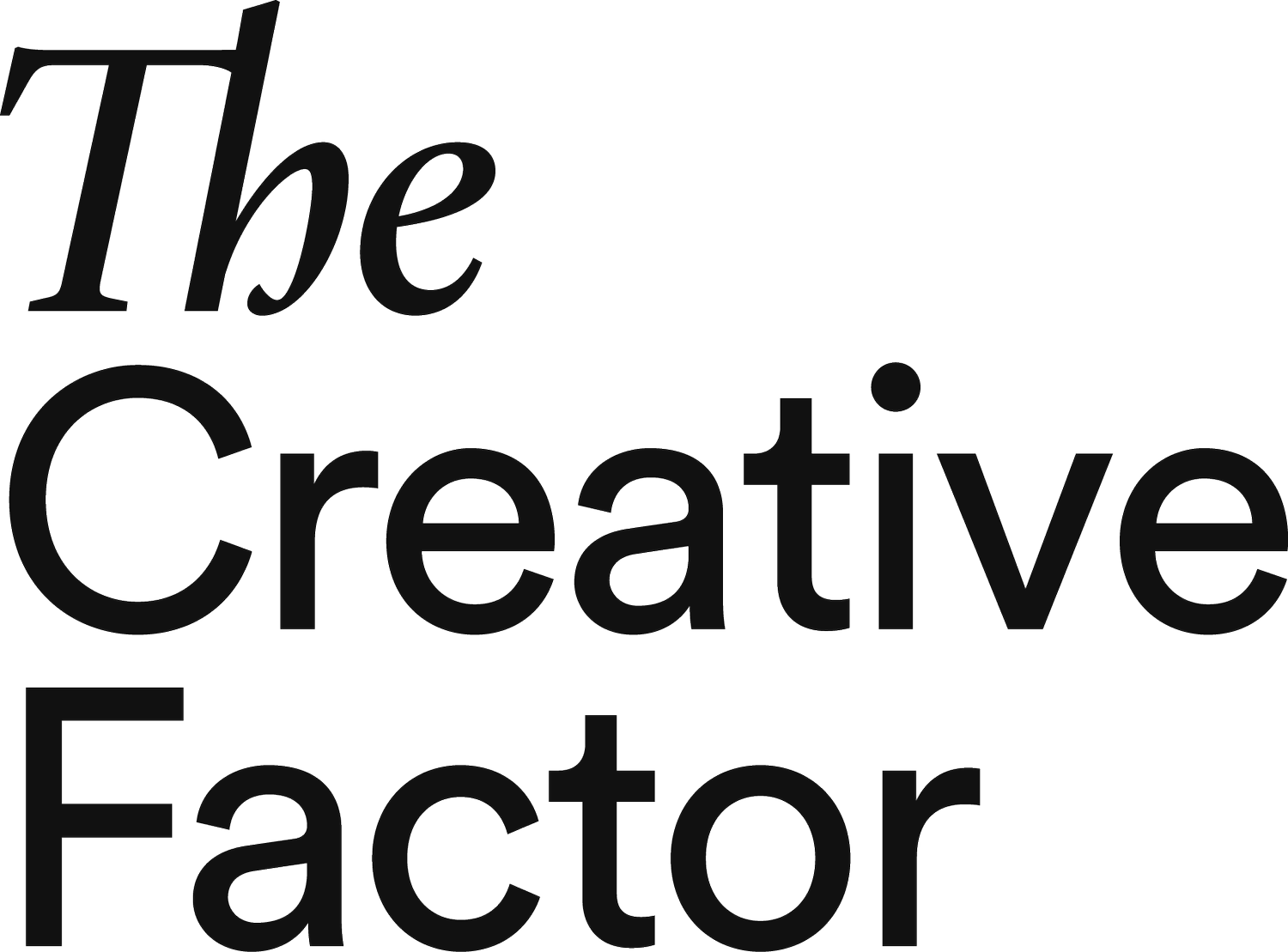Creatives & Coffee: Why Richard Turley Hates Mood Boards
Creative Director Richard Turley share what to do — and what to avoid — on the way to making provocative ideas happen.
We’ve held our Creatives & Coffee event twice now, and the weather gods have not been on our side: Pouring rain for the first one and then a snowstorm for the latest edition on Thursday.
The creative class was not daunted by a wintry mix, however, and they made the trip to Round K on the Lower East Side to hear creative director extraordinaire Richard Turley share how he pushes his big, bold concepts forward from original idea to final deliverable.
But first, coffee. Round K has a cafe counter up front and a speakeasy space in the back. We know it sounds unusual, but it totally works. Guests picked up hand-pulled coffees and filled the back room to hear Turley discuss how he has made his eye-catching, often provocative ideas happen at some of the biggest stops in his career – Bloomberg, MTV, leading the Formula One rebrand, and now as the Editorial Director at Interview and creator of the newspaper Civilization.
Watch this video recap to take a 40-secoud tour of everything that happened at the event.
Sponsored by Adobe, Creatives & Coffee goes deep into one’s creative process, exercises, and principles – the secrets they use to make best-in-class stuff. The candid conversation with Turley covered a lot of ground; here are three takeaways from him to ensure your bright ideas don’t get stuck in the bureaucratic mud.
1. Find the Straightest Line From Idea to Output
Big departments are a fact of corporate life, but they can get in the way of themselves and chip away at good ideas – everyone feels the need to add their two cents. “When there is a nervousness around an idea not being quite right, the team often decides it’s not right,” said Turley. At Bloomberg Businessweek, Turley pushed through hilarious concepts and only had to convince two other people, the editor and the CEO, to greenlight them. So it’s not about having more people review ideas; the team leaders reviewing them must have more confidence and conviction in their decisions.
Turley runs his own studio, FOOD, and one tactic he uses to strengthen buy-in from clients is to backchannel with the client champion who hired him. He will send them ideas and solicit their feedback indivdually, so he can bring that person into his process and thinking. By stress testing his ideas with that one person, Turley both develops a rapport and builds support for the ideas before they move into a group review.
Among many notable projects, Turley led the rebrand for Formula One.
2. The *Best* Process Might Be No Process
Turley has lots of thoughts on the three-concept creative ideation and review process used by just about everyone. “I understand that in order to scale ideas, businesses need repeatable models that work as a straightforward process,” he said. “But I think that is the reason why we all complain that everything kind of looks the same. We're all basically following the same process.”
Another cause? Mood boards. Turley hates developing them for clients and for good reason. We are all guilty of looking at each other’s stuff, and that leads to a sea of idea sameness. We should spend less time viewing the same digital platforms and more time sitting with our own thoughts – or a book.
The creative evaluation process is also a bear. Present a boss / client with three concepts, and they might like part of the first one, most of the second one, and a little bit of the third one – and they want you to combine all three of those elements into a new design. What are you supposed to do with that?
Turley uses an anti-process process – which can scare some potential clients – and presents only the ideas that he sees value in working on. “Don't present something that you're certain that you don't want to follow through on,” he said. (Because the client just might pick it.)
Turley is the creator of the newspaper Civilization, which feels like a delightful tour of New York City.
3. Determine the Stress Level You Will Accept Before You Move On From a Pitch
Turley will fight for certain ideas, but only up to a point. He pre-determines how much feedback stress and grief he will personally accept and then gives himself the ability to walk away when it hits that level. This allows him to push his pitches forward, while still maintaining his sanity. And that doesn’t mean that he cares less about an idea. He has set boundaries around the process to protect his mental well-being. After all, there will always be another idea to pursue.
First though, best thought: Attendees suggested titles for this recap based on Turley’s ideas.
As Creatives & Coffee wound down mid-morning, we asked attendees to write down a potential title for this recap using what they heard from Turley. One person wrote “I have found my people!” (Not sure we can use that for the title, but we fully endorse it!) Another wrote about their distaste for mood boards. So it was settled, uninspired mood boards are bad, but great coffee, a brilliant mind, and an amazing group of attendees is how we should start every workday.
Save the Date: Our next Creatives & Coffee featuring illustrator John Donohue will take place on March 6. Subscribe to our newsletter below for invite details.




